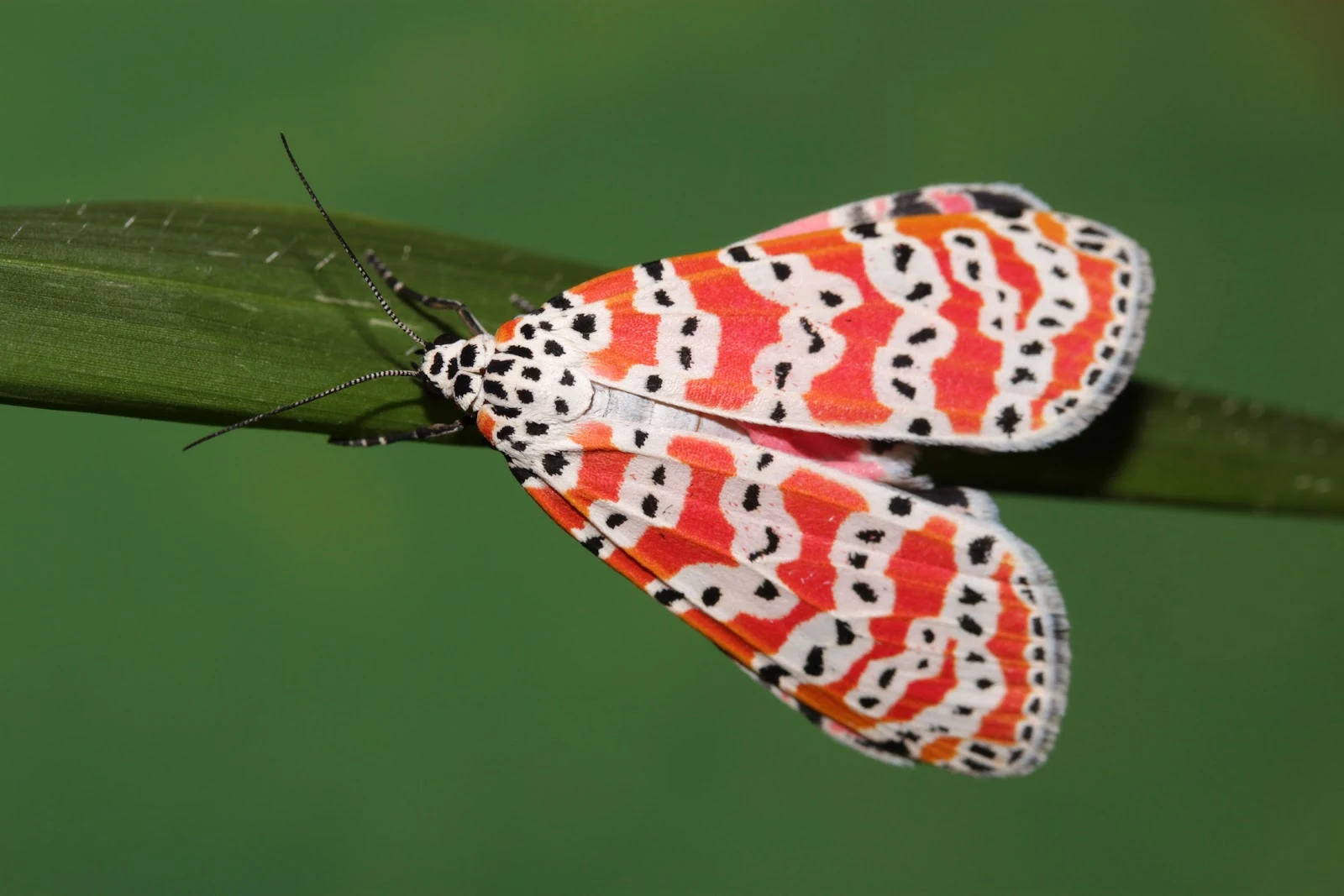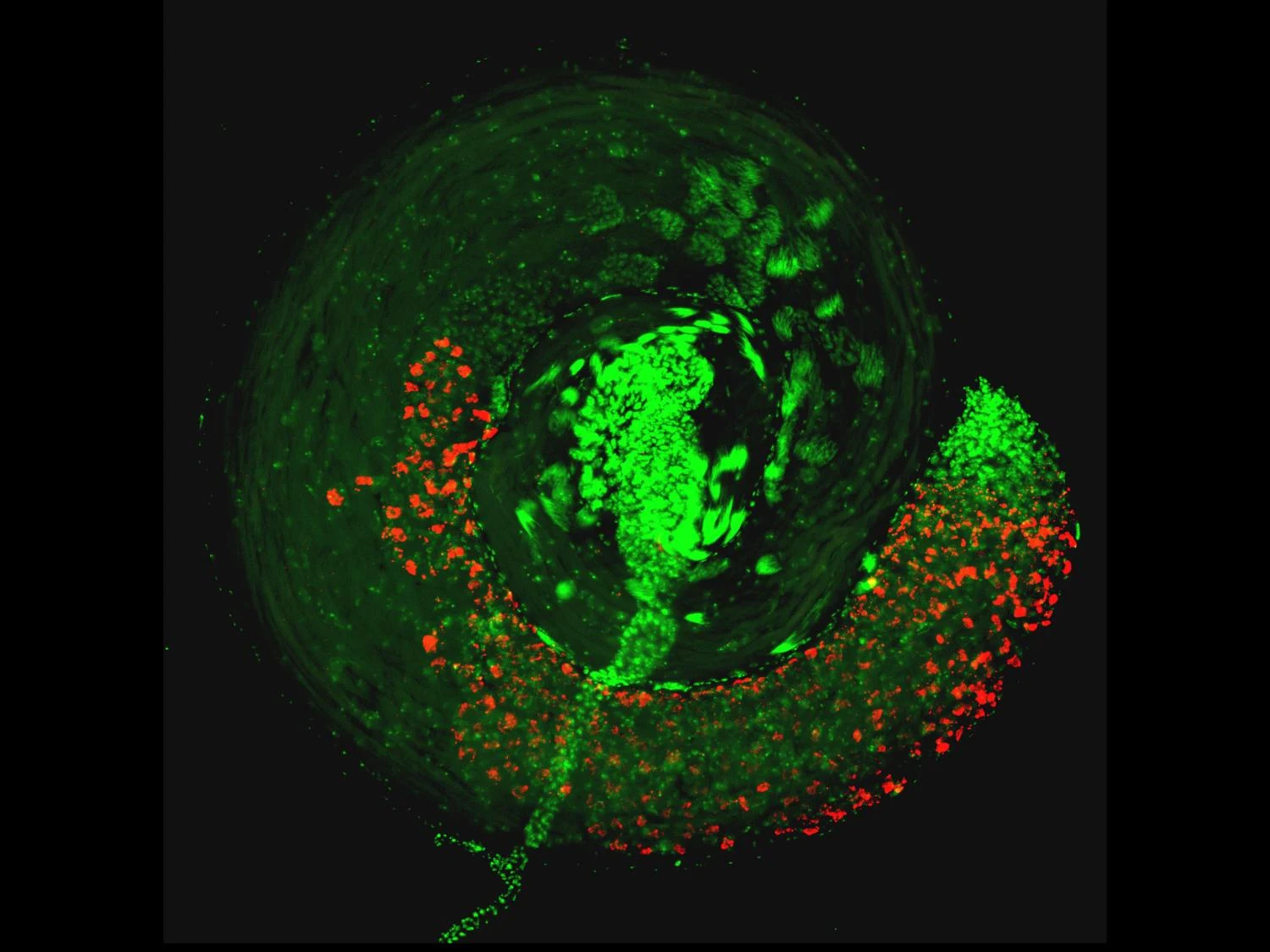Remapping the evolutionary tree of butterflies
A recent piece of research raises insurmountable problems for creationists trying to fit their definition of 'kind' into the real world of living organisms.
We often assume that closely related species look different from one another because visual cues are crucial for mate recognition. In many animals, especially birds, these differences help prevent interbreeding by acting as barriers to hybridisation. This makes particular sense in birds, where genetic architecture is unusually stable — chromosome numbers and gene mappings remain remarkably consistent — so, in theory, many closely related bird species
could interbreed if not for the evolution of distinct plumage or mating displays. These are known as prezygotic barriers because they inhibit the formation of hybrid zygotes.
Given this, we might expect the same to apply to other vividly coloured groups like butterflies. But evolution doesn’t follow a single rulebook — it uses whatever tools are available. While visual cues are often important, other senses can also serve to maintain species boundaries. One of the most powerful is the sense of smell, particularly the use of pheromones.
Pheromones are widespread in the natural world, especially among insects. They’re used for everything from attracting mates to triggering mating behaviours. Some male moths, for instance, can detect a female’s pheromones from over a mile away and home in on her with astonishing precision — guided like a missile by the chemical trail.
Now, an international team of researchers has discovered that what was long thought to be a single species of glass-wing butterfly is actually a complex of six genetically distinct species. These butterflies all look nearly identical, thanks to strong selection pressure for
Batesian and
Müllerian mimicry — many are toxic, and they gain protection by resembling one another. Visual differences would reduce this shared advantage, so selection favours similarity, not distinction. But predators can't detect pheromones — so these butterflies have evolved subtle chemical differences instead, using scent as a hidden cue to prevent hybridisation.
Along with this chemical divergence, the researchers found significant genomic differences between the species, including striking variation in chromosome numbers — from just 13 to as many as 28. The team also discovered that the arrangement of the genes on the chromosomes is very volatile, so, different closely related species can have very different chromosomal arrangements, increasing the pressure for barriers to hybridization to evolve and allowing a species to rapidly radiate into new ecological niches.
So, the question for creationists is, how does this fit in with the definition of 'kinds' required for the Bible-literalist interpretation of taxonomy?
This fascinating study was conducted by a team including scientists from the Wellcome Sanger Institute, Universidad Regional Amazónica Ikiam in Ecuador, Universidade Estadual de Campinas in Brazil, the University of Cambridge, and others. Their findings are detailed in a
paper published in Proceedings of the National Academy of Sciences, and summarised in
a news release from the Wellcome Sanger Institute.































